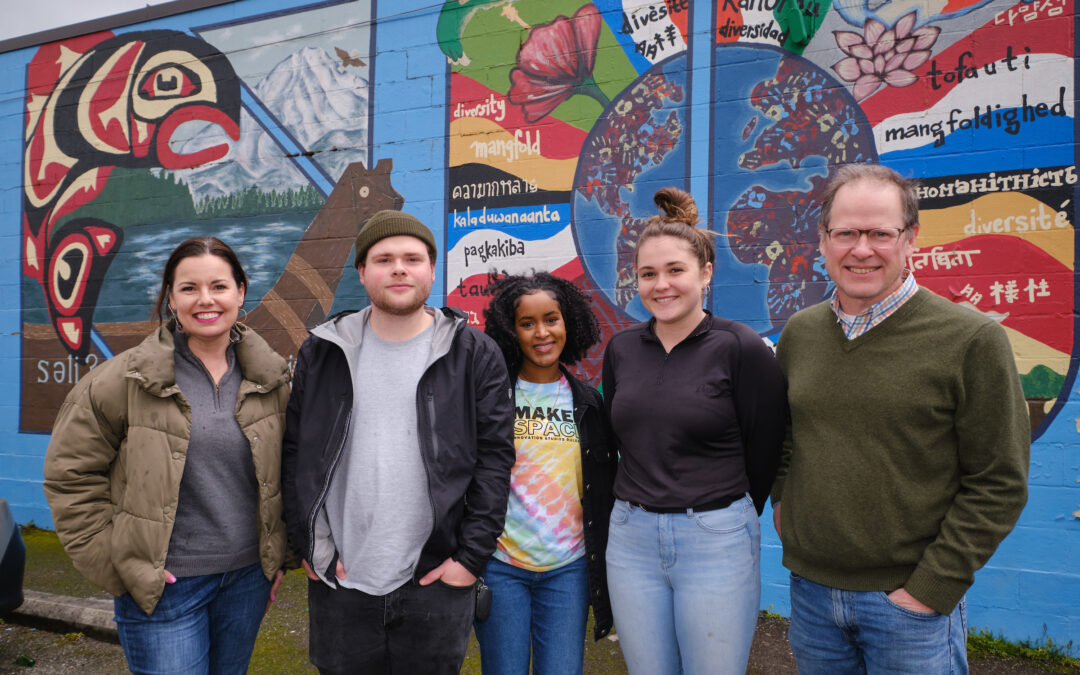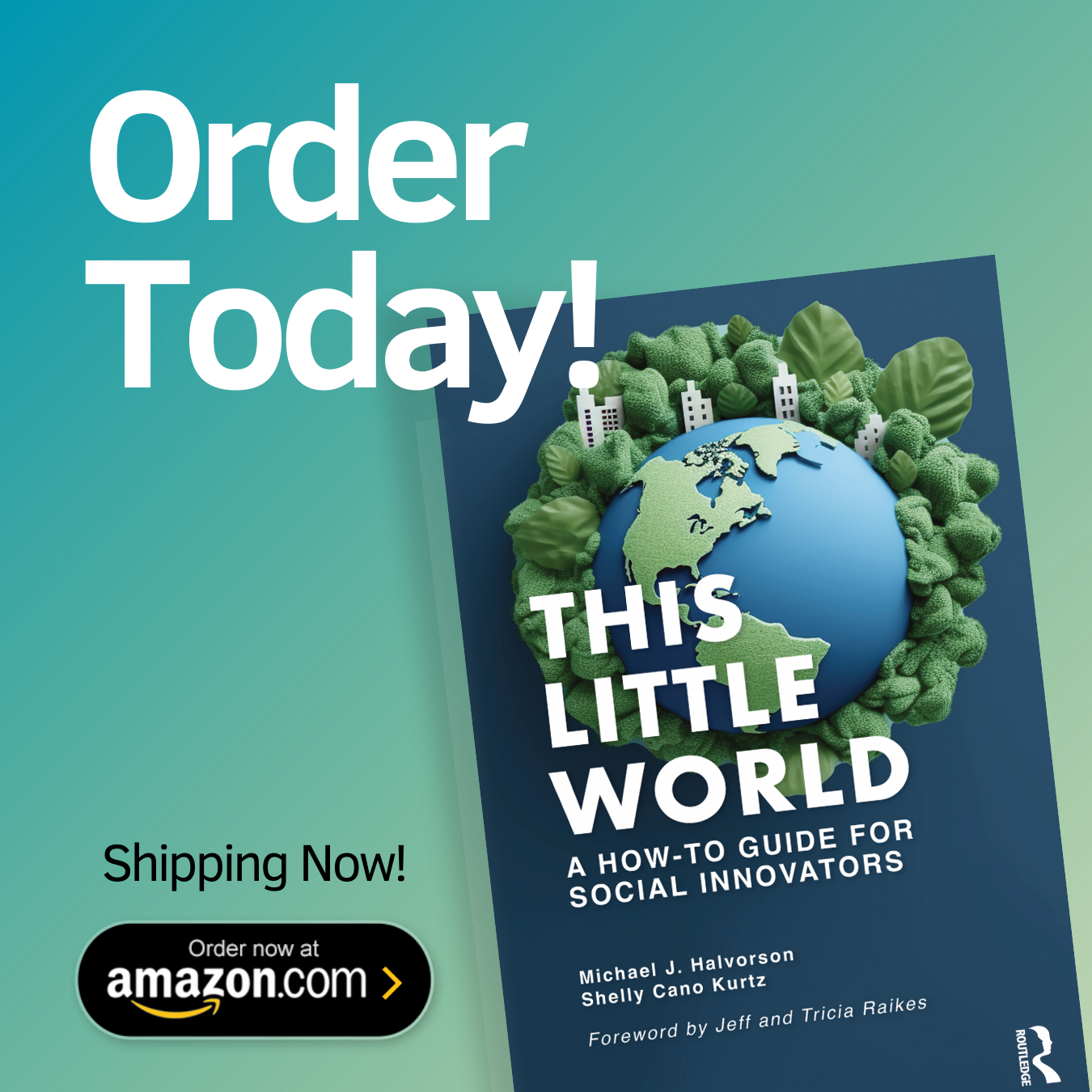Have you visited the website of a social impact organization recently?
Purpose-driven organizations have much more to do than sell products and services via their online platforms. To be successful, they also need to highlight what they do, who they serve, and why they complete their work. An important part of this presentation is usually the organization’s mission statement, which communicates the company’s core values and underlying purpose for operating.
A mission statement can be a very powerful tool for a social impact organization. When it summarizes the challenge an organization plans to address, it can serve as a guide to decision making and employee behavior. Successful companies often use mission statements to set priorities, align objectives, and inspire action.
For example, the United Way’s mission statement indicates that the organization seeks to “improve lives by mobilizing the caring power of communities around the world to advance the common good.” The key term here is “mobilizing.” The United Way hopes to bring people and resources together to build strong, equitable communities where everyone can thrive.
At Pacific Lutheran University (PLU), where Michael is a professor, the mission is to educate students for lives of thoughtful inquiry, service, leadership and care—for other people, for their communities and for the Earth. Signage around the campus regularly highlights these values and the importance of vocation.

Halvorson and Kurtz are both alumni of Pacific Lutheran University in Tacoma, Washington. Photo credit: Sy Bean
Using Tangible Language
Although technology can be one of the tools that an organization uses to accomplish its mission, a mission statement rarely uses technical language to articulate its goals. Instead, a typical statement describes values, people, and social benefits in tangible ways. For example, a firm that focuses on United Nations Sustainable Development Goal #2: Zero Hunger might identify the who that is supported by their initiatives and a why that inspires action. A mission statement of this type might read:
We aspire to improve nutrition for children because we believe that having enough to eat is a basic human right.
When an organization is unified around mission and purpose, it’s often easier to accomplish goals and objectives. This is why there is so much talk in management circles about “purpose-driven organizations.”
Research shows that purpose-driven companies have higher productivity and growth rates than other firms, along with more satisfied employees who tend to stay longer. At the core of purpose-driven work is the recognition that each of us has something to do to support the communities we live in. This awareness is often personal and direct, drawing on an individual’s sense of duty or vocation. Do you feel called to do work that contributes to the greater good of society?
Adapting a line from Mary Oliver’s poem, “A Summer’s Day,” “What do you plan to do with your one wild and precious life?”
Modeling Core Values
Companies thrive when they have leaders that model core values and connect purpose to organizational goals. In a recent industry report, McKinsey & Company found that the most important leadership traits to express in this regard are empathy and compassion. Leaders who emphasize these behaviors typically have three major strengths: they inspire others by building trust and common ground, they develop a broad vision for the future, and they lead by example.
Working to improve the lives of others is not just a task for do-gooders or idealists. Doing good for communities and our planet is a way to lead an extraordinary life, where you take your personal story, resources, and sense of vocation and share them with others to create powerful platforms for change. A thoughtful mission statement is an important part of this work.
Michael J. Halvorson, Ph.D., is a professor of business and innovation history at Pacific Lutheran University and the author of 40 books about history, computing, and technology.
Shelly Cano Kurtz is an award-winning social entrepreneur and marketer. She is an advisor for Concordia and on the Board of Directors at Guardify and the Center for Workforce Inclusion.






